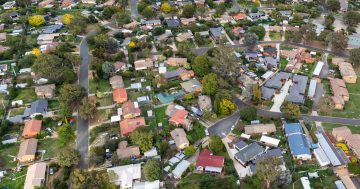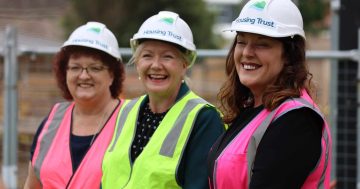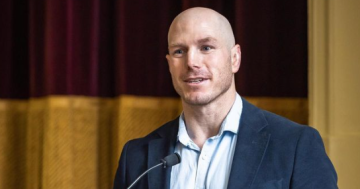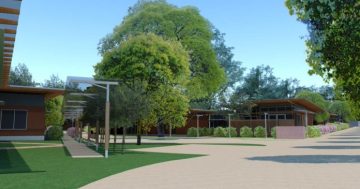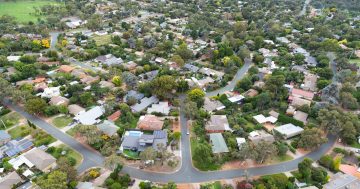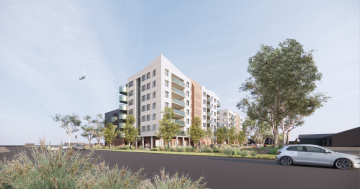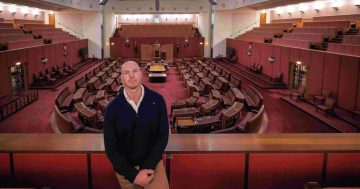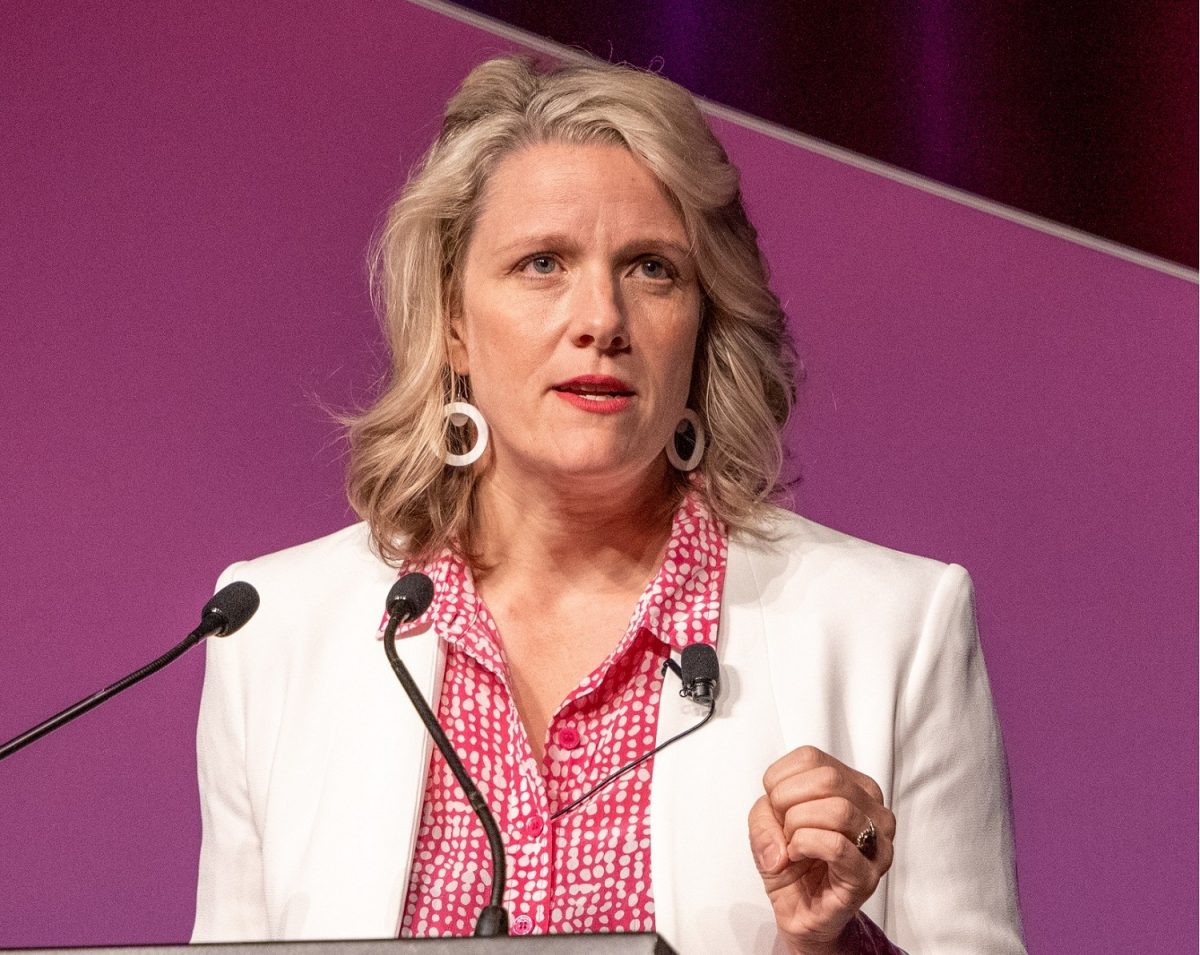
Housing and Homelessness Minister Clare O’Neil says all jurisdictions have agreed on the latest Housing Australia Future Fund round. Photo: Facebook.
The Federal Government has signed contracts with all states and territories for the latest round of the Housing Australia Future Fund (HAFF), with the agreement set to deliver 5001 new social homes across the nation.
Housing and Homelessness Minister Clare O’Neil said the fund was all about looking after Australians doing it tough, while adding to overall housing supply.
In Canberra, four projects across the ACT will give the territory 85 homes.
For NSW, 14 projects will deliver 1535 homes.
Social housing under the HAFF specifically allocates funding to address the housing needs of key workers such as nurses, teachers, police officers and other essential frontline staff.
It will also provide homes for veterans, older Australians, women and children escaping domestic violence, First Nations people and those experiencing or at risk of homelessness.
In Victoria, 25 projects will deliver 1275 homes; Queensland has 17 projects to deliver 1005; Western Australia 16 projects for 515 homes; Tasmania 8 for 149; South Australia 13 for 335; and the Northern Territory five for 105.
To be eligible for HAFF-funded housing, applicants must meet specific household and income caps.
The intent is for the fund to ensure its housing is genuinely affordable for those in genuine need.
The fund is a key component of the government’s broader National Housing Accord, which has a goal of building 1.2 million new homes over five years from July last year.
In the last term of parliament, the fund was blocked by the Coalition and also delayed by the Greens before agreement was reached with Labor.
The HAFF has now reached contractual close in just 90 days for this round, which is a much faster turnaround than the first funding round.
Ms O’Neil welcomed the signing of the contracts and said for too long, the nation’s housing crisis had been treated as someone else’s problem.
“Not anymore. The Commonwealth is investing record amounts and we’re working with anyone and everyone who wants to be part of the solution,” she said.
“When the Commonwealth leads on housing, we get results. After 10 years of Liberal neglect, we’re helping more Australians with more housing through record investment and a clear plan to house more Australians.
“Every one of these homes represents hope for a family doing it tough – whether it’s a mum escaping violence, a veteran needing somewhere safe, or a nurse priced out of her own community.
“This round was progressed much faster than previous rounds with more than 18,000 homes now in stages of building and planning, a clear sign that the HAFF is hitting its stride.
“We’re creating a pipeline of homes that will make a difference for decades.”
Ms O’Neil said the underlying solution to Australia’s housing shortage was to build more homes and a bigger buffer of social and affordable homes for vulnerable Australians.
“And that’s exactly what this is about – looking after Australians doing it tough, while adding to overall supply,” she said.
“This round has seen close collaboration between the Commonwealth, state and territory governments, with each deploying their strengths – in financing, land access and streamlined approvals – to get projects to contract sooner.
“It will see the delivery of 5001 social homes across every state and territory, bringing the total number of homes supported by the first two rounds of the HAFF to more than 18,000 – well on the way to our target of 55,000 social and affordable homes over the period of the accord.”
A total of 373 social and affordable homes were built during the Coalition’s near decade in office.
The Federal Government has successfully brought states, territories, local governments and industry together to unlock more social, affordable and market homes around the country.
The Minister said the HAFF was now delivering on its promise to provide a steady stream of funding for social and affordable homes to add to supply and make up for Australia’s chronic shortfall of social and affordable housing.
“Why? Because the more homes we build, the more affordable housing becomes for renters, first home buyers and downsizers alike,” she said.
Original Article published by Chris Johnson on Region Canberra.


